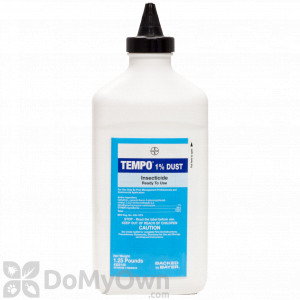The category of "wasp" includes the common paper wasp, hornets, and yellow jackets. Yellow Jackets are often mistaken for honey bees because they look so similar, however honey bees are actually larger and have hair on the abdomen. The following identifiers describe the yellow jacket:
- ½ to ¾ inch long
- Narrow waist with long legs and a stinger
- Thorax and abdomen marked with alternating bands of black and bright yellow
- The yellow jacket constructs a paper-like nest that looks like
Behavior & Habitat
Like other wasps, Yellow Jackets are social insects and live in colonies. Wasp colonies contain three castes: workers, males, and queens. Yellow Jacket usually nest in the ground but also nest in wall voids and other locations above the ground. The Yellow Jacket nest is gray in color and paper-like in texture. Populations peak in late summer and fall.
Feeding Habits
The Yellow Jacket feeds mainly on nectar and other sugary substances such as honeydew and the juices of other fruits. Yellow Jackets feed their young on a diet of partially chewed insect parts, including caterpillars or flies, as well as nectar.
Life Cycle
Fertilized queen wasps usually emerge from stumps, hollow logs, in leaf litter and soil cavities during the early spring. A nest site is selected and a paper nest is built wherein the eggs can be laid, one in each hexagonal cell. Older larvae reside in the center with the younger larvae near the edges. The queen will begin feeding the larvae as soon as the eggs hatch. The larvae remain in their cells which are soon covered with silk domes, where they will form pupae. Finally, small infertile female wasps will emerge as "workers" during mid-June to take on the tasks of foraging for food, nest expansion, taking care of the queen, and defending the colony.
Damage
Yellow Jackets become very aggressive when their nest is disturbed and are likely to sting. Yellow Jacket wasps have a lance-like stinger and can sting repeatedly. The sting of a wasp can be very painful, and may even be fatal to particularly sensitive individuals. If reaction to a wasp sting seems unusual or severe in any way, you should contact a physician.
Basic Prevention & Control :
- Treat trouble areas with Suspend SC or Demon WP, applied with a low-pressure sprayer.
- Attack the Nest. To get quick knock-down of the nest, carefully approach the nest AT NIGHT (all the wasps should be inside sleeping and less aggressive) and spray PT Wasp Freeze II Aerosol into the nest opening. It is important to wear protective gear such as a long-sleeved shirt tucked into gloves, overalls, and eye and head protection.
- Dust the Nest. Load an insecticide dust labeled for wasps and hornets such as Delta Dust Insecticide into a hand duster according to the instructions on the dust label. Apply the dust into the nest opening, then move away quickly. If no pests emerge, apply again. Repeat until all entrances have been treated.
- When a wasp approaches you, put your hands in front of your face and move away slowly. Never swing your arms or run as this may increase the chances being stung.
View all Yellow Jacket Control Products
For more detailed information on Yellow Jacket prevention and control, see How To Get Rid of Yellow Jackets



